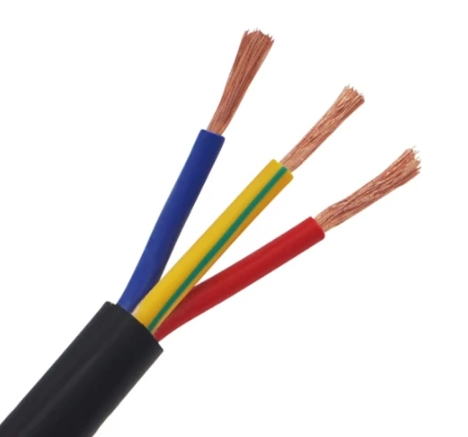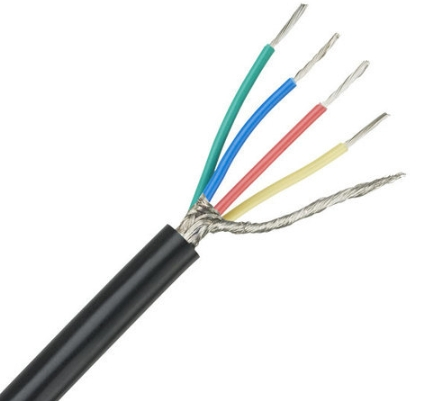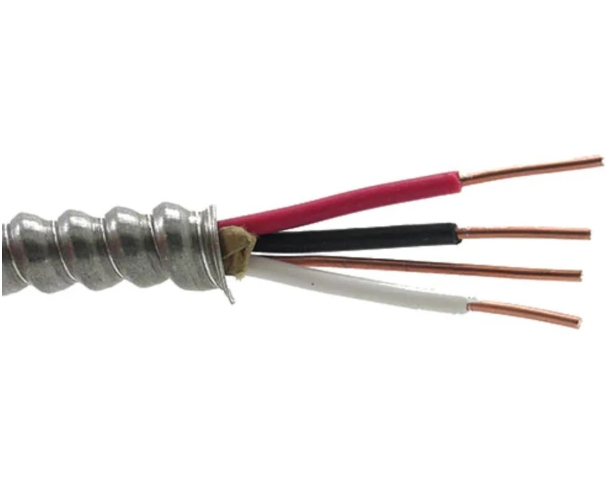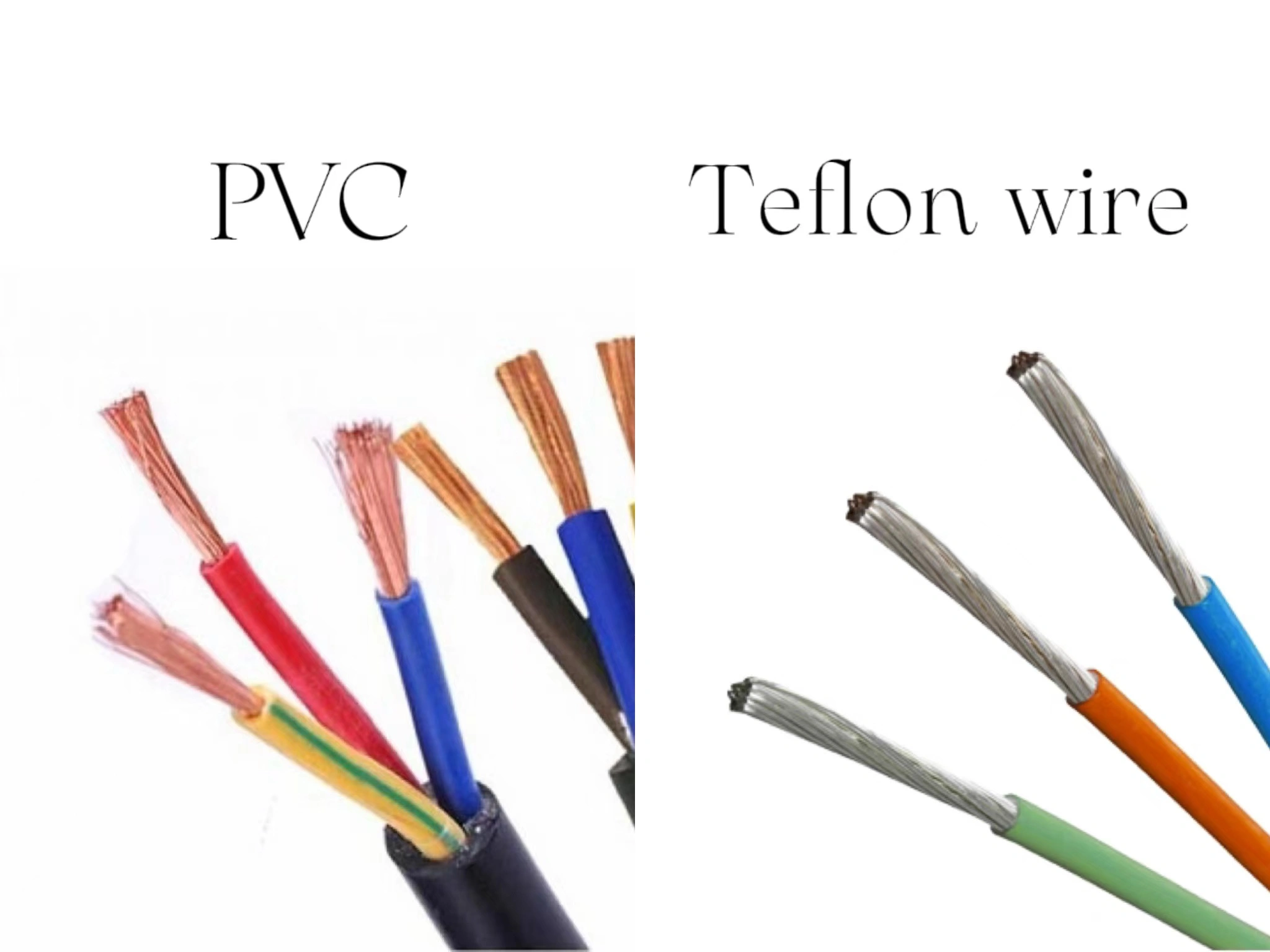The complexities of electrical wiring include understanding the role of wire gauge in determining the specific use of wire. It is particularly appreciated in very different residential and industrial environments due to its flexibility and large electrical load capacity.
This in-depth analysis seeks to unveil the critical characteristics of 12 gauge wire. We will analyze its diameter and cross-sectional area, evaluate its current carrying capacity, compare it with other wire gauges like the 16 gauge, and offer necessary tricks for effective wire twisting techniques. In addition, the direction in which quality 12 gauge wire automotive can be sourced will be given. This comprehensive survey becomes an invaluable tutorial for both professionals and amateurs aimed at improving the level of competence in working with 12 awg wire in many electrical situations.
What does 12 gauge wire look like?
A 12-gauge wire, being accepted and widely used in the electrical industry, has a specific look indicating its convenience and versatility. Usually, it has a moderate size to all other gauge wire hence it is easily identified. The insulation, which is a critical component, usually changes the color to conform to the industry standards and to represent its specific application and electrical characteristic. This outer insulation sheath is meant to provide toughness and preserve the required flexibility for installation.
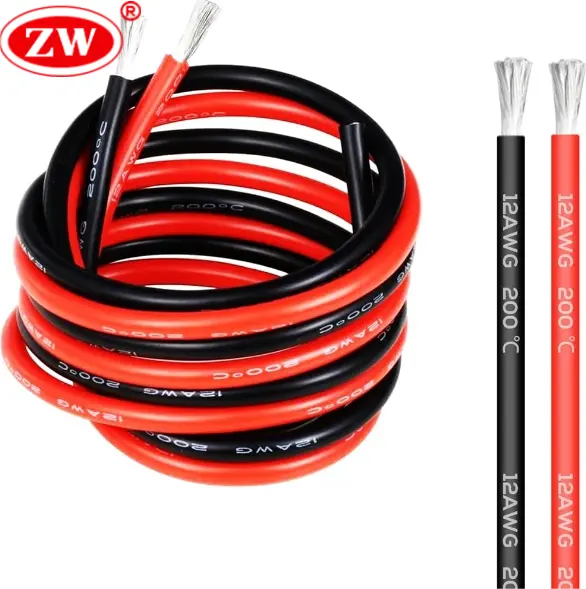
When the insulation is stripped off, 12 awg wire core is revealed which can be either solid or stranded. Usually, such conductor is made from copper, best known for its excellent electrical conductivity, which provides a unique shiny metallic look to the wire. Another option is aluminum which has distinct advantages. The choice of the core material plays a pivotal role in determining the electrical behavior of the wire and its suitability to different uses.
Now that the visual and structural features of 12 gauge electrical wire have been understood, let us take a closer look at its thickness.
How thick is 12 gauge wire?
A wire’s thickness is measured by a standard gauge system with the gauge number indicating the wire’s diameter inversely. The 12 gauge speaker wire which is generally in line with the American Wire Gauge (AWG) standard is found mostly in electrical applications. This is because it has an ideal ratio of diameter to flexibility. Mainly designed for residential electrical systems, this gauge is ideal for circuits that demand moderate power such as lighting fixtures and general power outlets.
The conductor diameter of a 12 gauge electrical wire is about 2.05 millimeters, or 0.0808 inches, making it an in between choice among sizes of wires. The insulation thickness is 0.8 mm. So for overall diameter is 3.65mm. The 12 Gauge silicone wire has an overall diameter of 4.5mm. It provides better thickness and current carrying capacity than the thinner 14 gauge wire yet it remains more flexible and slim-line as compared to a thicker 10 gauge wire. Other important feature of 12 awg wire is its cross-sectional area besides its diameter. This dimension is not only a physical characteristic, but a significant parameter which affects wire’s electrical behavior.
What is the equivalent mm² of a 12 gauge wire?
One of the key attributes that greatly affects the electrical behavior of a 12 gauge wiring is its cross-sectional area. The area for a 12 wire is exactly 3.31 mm². This parameter goes beyond just a numerical value as it significantly impacts electrical resistance of the wire and its conductivity in conducting of the current. Because of the large cross-sectional area of the wire, it can handle a lot of current flow, making it very appropriate to a broad range of electrical uses. The next, let us find out how much present 12 ga wire can carry, a basic issue in its usage.
What is the maximum amount of amps that 12 gauge wire can handle?
Determining the 12 gauge wire amps is essential in creating electrical systems that promote safety and effectiveness. This parameter indicates the maximum current that a wire can carry without melting or insulation failure. But, for 12 wires, which is a typical choice in many residential and commercial settings, their ampacity is determined by both the industry standards and the wire’s such inherent attributes which make it reliable and safe in various applications.
Under normal conditions, 12-gauge copper wire normally carries a capacity of 20 amps. The amp rating of 12 ga wire is essentially based on its diameter and the characteristics of copper, which include, primarily, its excellent conductivity and low electrical resistance. The flexibility of the 12 ga wire in this regard makes it very adaptable and, hence, is suitable for various applications like house wiring and some lighting installations.
Nevertheless, it should be mentioned that the actual ampacity might be different due to such factors as the type of insulation, the temperature of the surroundings and installation specifics. Using the wire within its specified current carrying capacity is important because it helps avoid electrical hazards and maintain the integrity of the electrical system. In addition, to understand the potential of 12 ga wire in detail, a detailed comparative analysis to the thinner 16 gauge wire in different parameters is appreciative.
12 gauge versus 16 gauge wire
Comparing 12 gauge and 16 gauge wires involves analyzing their differences in several key areas, which are crucial for both professional electricians and DIY enthusiasts to understand:
- Diameter:12 ga wire measures 2.05 mm in diameter as against approximately 1.29 mm for 16 gauge wire. This increase in the 12 gauge wire size results in a lower resistance and a higher current-carrying capacity.
- Current Capacity:A 12 awg wire is capable of withstanding up to 20 amps current, thus, making it useful for heavier load applications. On the other hand, a 16 gauge wire can be rated for up to 13 amps on average and is appropriate for lighter electrical tasks.
- Intended Applications:In residential applications, 12 gauge tinned copper wire is the wire of choice for outlets wiring and powering electrical loads that require high amount of electrical energy. On the other hand, the 16 gauge wire is better suited for low power needs applications because of its more slender build. Those uses might include lighting fixtures and small electrical devices.
- Voltage Drop Efficiency:When wire is run for longer lengths, the thicker 12 thhn wire proves to be more efficient as it experiences less voltage drop in comparison to its 16 gauge counterpart. This feature makes the 12 gauge wire electrical a better choice for long electrical circuit runs.
- Installation Flexibility:The 16 gauge wire is thinner so it is more flexible and it can be installed easily especially in the small spaces or complex wiring layouts. The 12 gauge electric wire that is much thicker is likely to be harder to work with in close quarters.
- Safety and Compliance:It is critical when choosing between these gauges, to focus on safety and compliance with electrical codes. In fact, the 12 gauge wiring is required for circuits with more power demands as the 16 gauge electrical cable is suitable for lesser power applications.
These are visual comparisons of 12 gauge and some common gauge cables, especially 12 gauge versus.16 gauge:
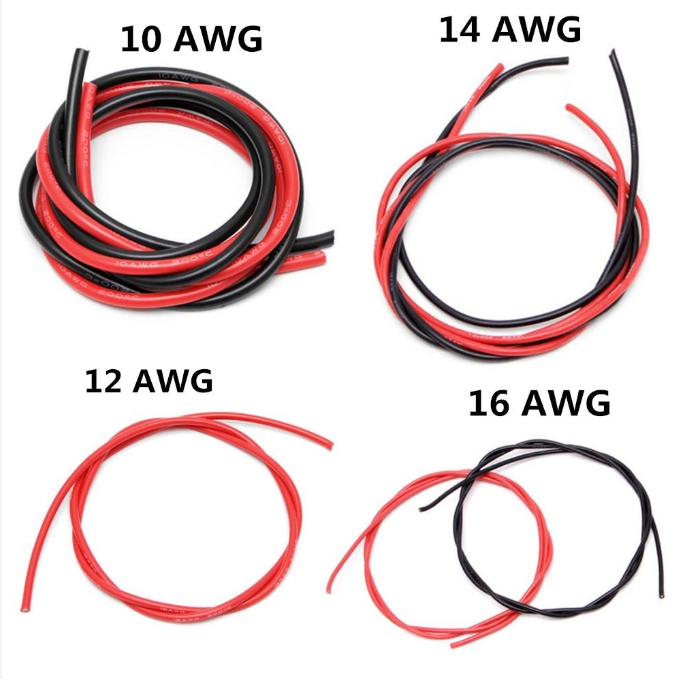
These differences are important for validation of the specific wire gauge for particular electrical projects, which in turn provides safety, efficacy, and compliance with electrical standards. Second, let us concentrate on applications of 12-gauge wire.
How to twist 12 gauge wire together?
Twisting 12 gauge wires together is a critical action of making dependable and safe electrical connections. This process is rather straightforward, and it includes a number of steps that guarantee a safe and permanent bond between the wires:
- Preparation of Wires:Start by removing the insulation from the ends of the 12 awg power cables for about 3/4 inch. Guarantee a clear and uniform strip to promote a stable connection.
- Alignment for Twisting:Match the stripped ends of the wires, making sure that the bare copper ends are even. This alignment is critical for the production of safe and uniform twist.
- Twisting Technique:Using lineman’s pliers, grip the aligned wires close to the insulation then start twisting them clockwise. Continue this movement until the wires become tightly coiled, so that a consistent twist covers the whole length of the exposed copper.
- Securing the Connection:After twisting, the wires should not have any loose strands. An additional safety measure is the use of a wire nut. Put nut on top of the twisted ends and twist it to the right until tight, providing a strong and insulated connection.
- Inspection for Quality:When secured, check the connection to ensure that no wires are sticking out of the wire nut. Proper twist and secure of wire nut is crucial to avoid any possible electrical shorts or disconnections.
- Safety Compliance:During wire twisting and connection, adherence to relevant electrical codes and safety rules is crucial. Proper connection and fastening of these joints are critical in minimizing electrical hazards and maintaining the integrity and safety of electrical installations.

Twisting 12 gauge cables is a very important step in the process of producing reliable and safe electrical connections. This operation includes some steps aimed at creating a dependable and permanent connection between the wires. After considering the technical and practical aspects of 12 gauge power wire, the last step involves locating the product. The right supplier is as important as knowing the properties of the wire.
Where can I purchase a 12 gauge wire?
Choosing a reliable source for purchase of 12 gauge wire is important to guarantee quality and adherence to safety standards. Those who seek to experience a physical retail setting, local hardware stores and electrical supply shops are the best options. Online marketplaces such as eBay and Amazon give convenience as well as a wider range of choices.
In addition, if you have any question regarding cables or need some of the professional electrical wire manufacturers for the project, ZW Cable is the leading choice to buy 12 gauge power wires.
FAQs
What is 12 gauge wire used for?
12 gauge wire is an essential wire in electrical systems. It is primarily used to distribute power and branch circuits within a building. It efficiently carries power from the main distribution panel to individual circuits.
In addition, 12 gauge wire can handle high current loads. Therefore, it is ideal for powering heavy appliances such as air conditioners and electric ranges. Its versatility extends to home entertainment setups, where it can power speakers and amplifiers.
How many watts can a 12 gauge wire handle
.A 12 gauge wire is designed to handle up to 20 amps at peak performance and 16 amps continuously. When used in a 120-volt circuit, this equates to a capacity of 1920 watts, while in a 240-volt circuit, the capacity increases to 3840 watts.


